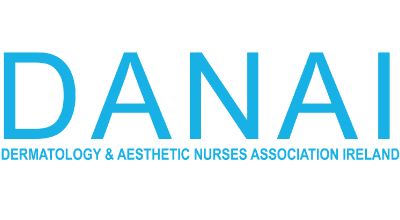Understanding the intricacies of facial vascular variation is paramount for ensuring patient safety during aesthetic procedures. The face receives arterial blood from both the internal and external carotid systems, with interconnections between them. This arterial supply exhibits significant diversity in distribution and depth among individuals and even between the two sides of the same face. Such knowledge is indispensable for minimizing risks associated with aesthetic injectable procedures.
Certain facial regions exhibit greater vascular variability in terms of vessel location, trajectory, and depth. While traditional cadaveric studies have long provided insights into vascular variations, modern techniques like doppler ultrasonography offer real-time dynamic anatomical analysis, aiding practitioners in identifying vascular nuances in clinical settings. Ultrasound has become an indispensable tool for injectors, contributing substantially to ongoing research on anatomical diversity.
A comprehensive understanding of vascular variations in commonly injected facial areas—such as the forehead, temple, cheek, nose, lip, and chin—is crucial for safe practice.
Forehead Vascularity: Injection in the glabellar and forehead regions poses risks of vascular complications, including skin necrosis and visual or cerebral impairments, due to the complex vascular network. Notably, vessels like the supratrochlear and supraorbital arteries are of particular concern due to their varying depths along their courses.
Temple Vascularity: Temple augmentation involves intricate layers of soft tissues housing multiple vessels, including the superficial temporal, zygomatico-orbital, and deep temporal arteries. Careful attention is necessary to avoid complications like blindness or cerebral infarction, especially when injecting near these vital vessels.
Piriform Fossa Vascularity: The depth and trajectory of the angular artery within the piriform fossa can vary significantly among individuals, necessitating caution during injections to mitigate vascular risks.
Cheek Vascularity: Augmentation in the cheek region must consider vessels like the infraorbital artery, transverse facial artery, and zygomaticofacial arteries, as their positions may vary from standard anatomical references.
Nose Vascularity: Nasal filler injections carry a high risk of blindness due to the intricate vascular connections, including the dorsal nasal artery and the ophthalmic artery. Vascular anatomy varies widely, emphasizing the need for caution and continuous vigilance.
Lip Vascularity: Understanding the distribution of vessels like the superior and inferior labial arteries in the lip mucosa is crucial to prevent complications during filler injections.
Chin Vascularity: The mental and submental arteries are vital considerations during chin augmentation, with variations in their courses and origins affecting injection safety.
Protecting patient safety requires a thorough understanding of facial anatomy, including vascular variations. Practitioners must avoid assuming safe zones and utilize tools like ultrasound imaging to ensure precise and safe injections tailored to individual anatomies.











